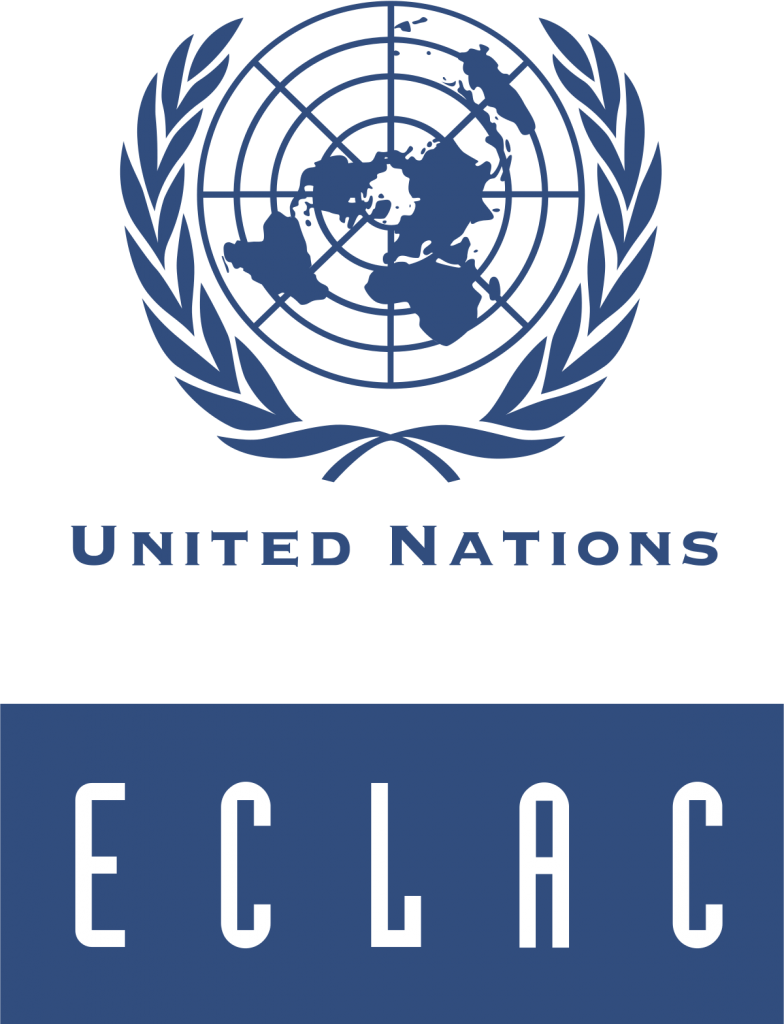
In its annual report Preliminary Overview of the Economies of Latin America and the Caribbean, the Economic Commission for Latin America and the Caribbean (ECLAC) forecasts lower growth for the Dominican Republic in 2023. The forecast is in line with lower growth projections in general for Latin America and the Caribbean.
Regional average for 2023 for Latin America and the Caribbean is 1.3%. The DR is forecast to grow 4.6%, down from 5.1% in 2022. The growth is still the highest in the Central American Integration System (SICA) regional bloc of countries that includes Central America and the Dominican Republic. In this group, after the DR’s 5.1%, Belize is forecast to grow 5%, Panama 4.2%, Guatemala 3.2%, Honduras 2.7%, Costa Rica 2.6%, Nicaragua 2.1% and El Salvador 1.6%.
ECLAC reports that in a context of external uncertainties and domestic restrictions, the countries of Latin America and the Caribbean will grow by 3.7% in 2022, just over half of the 6.7% rate recorded in 2021. It is estimated that the deceleration in economic growth will intensify in 2023, giving rise to a 1.3% rate.
The document indicates that after the dynamism seen in the first half of 2022, the region’s economic activity has slowed, reflecting, on the one hand, an end to the rebound effect on the recovery from 2021, and on the other, the effects of restrictive monetary policies, greater limitations on fiscal spending, lower levels of consumption and investment and the deterioration of the external context.
The report indicates that the region will be affected by the slowing of the economic dynamism in the United States. The United States is the Dominican Republic’s main trading partner and source of remittances and tourism.
In the ECLAC Preliminary Overview of the Economies of Latin America and the Caribbean warns that crime is up because of the worsening in social and economic conditions. It cites slower GDP growth, falling real wages, rising inflation and higher interest rates and worsening credit quality. ECLAC points out that between December 2021 and the third quarter of 2022, 17 of the 32 economies analyzed reported increases in the delinquency rate.
19 December 2022

